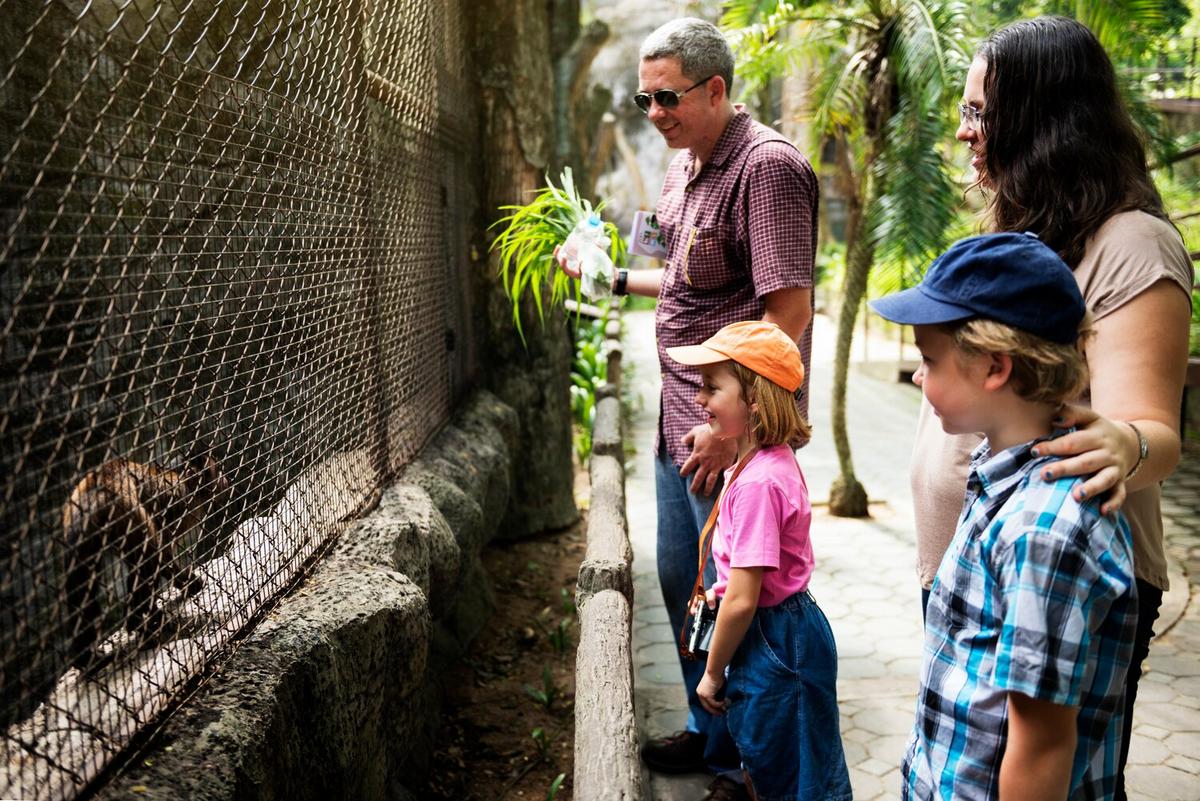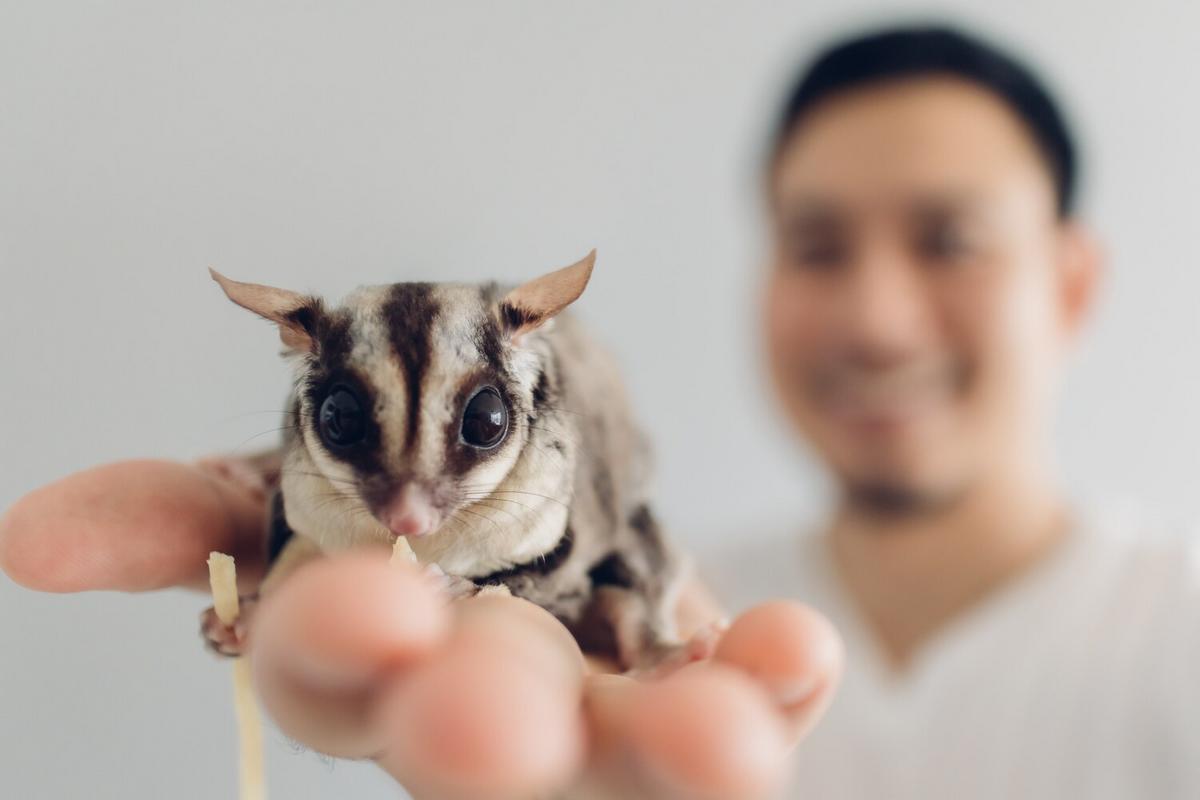
The Role of Modern Zoos in Wildlife Conservation
Zoos today play a pivotal role in the conservation of wildlife, going beyond their traditional role of simply showcasing exotic animals. As habitats around the globe face unprecedented threats, modern zoos have evolved into critical players in protecting biodiversity.
The Evolution of Zoos
Historically, zoos were primarily focused on entertainment and education. However, in recent decades, their mission has expanded to include conservation and scientific research. This shift is partly in response to the global decline in wildlife populations, which has been highlighted by organizations like the International Union for Conservation of Nature (IUCN).
Expert Opinions: The Conservation Perspective
Dr. Chris West, a renowned conservationist, emphasizes, “Modern zoos are reservoirs of genetic diversity, playing a crucial role in species survival plans.” This sentiment is echoed by many wildlife experts who see zoos as vital sanctuaries for endangered species.
Statistics and Research Findings
According to research by the World Association of Zoos and Aquariums (WAZA), more than 700 million people visit zoos annually, presenting a unique opportunity to educate the public about conservation issues. Furthermore, zoos across the globe have contributed to over 1,000 reintroduction programs for species such as the Arabian Oryx and California Condor.
Personal Stories: Making a Difference
Consider the case of the Mauritius Kestrel, once the world’s rarest bird. Successful breeding programs in zoos helped increase their numbers from a mere handful to over 300 in the wild today.
Actionable Tips for Supporting Zoos
- Visit your local zoo and participate in educational programs to learn about conservation efforts.
- Support zoo initiatives through donations or volunteering.
- Advocate for wildlife conservation in your community by sharing what you learn at the zoo.
Pro Tip: When visiting a zoo, engage with the educational staff to gain deeper insights into the animals and conservation projects they support.
Comparison of Zoo Contributions
| Contribution Type | Impact |
|---|---|
| Education | Raises awareness among millions annually |
| Reintroduction Programs | Successful for over 1,000 species |
| Research | Advances understanding of species |
| Genetic Diversity | Maintains a gene pool for future reintroductions |
| Conservation Funding | Supports in-situ and ex-situ projects |
| Public Engagement | Fosters a conservation-minded society |
| Habitat Restoration | Improves conditions for wildlife |
| Wildlife Rescue | Provides care for injured animals |
Frequently Asked Questions
How do zoos contribute to conservation?
Zoos contribute through breeding programs, research, education, and funding conservation efforts worldwide.
What is the role of education in zoos?
Education in zoos raises public awareness about wildlife conservation and the importance of protecting biodiversity.
Can zoos help endangered species?
Yes, zoos can help endangered species through breeding programs and reintroduction initiatives.
Conclusion
Modern zoos are no longer just places to see exotic animals; they are essential allies in the fight against biodiversity loss. By supporting their efforts, we can all play a part in wildlife conservation. So, next time you visit a zoo, remember the crucial role they play in safeguarding our planet’s wildlife.


